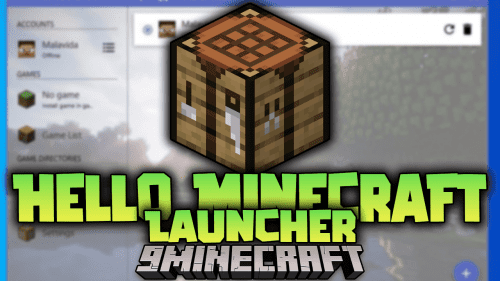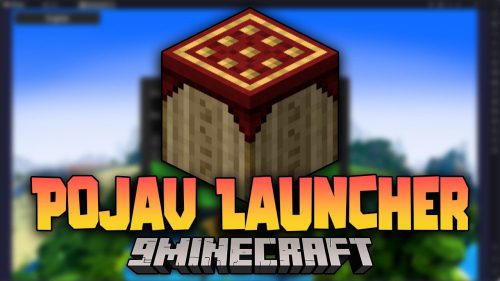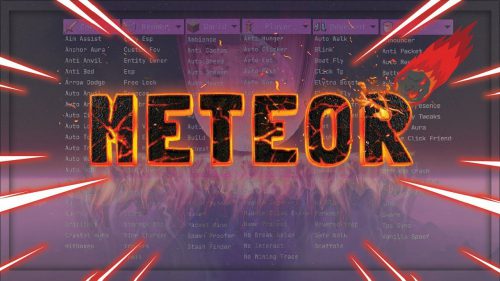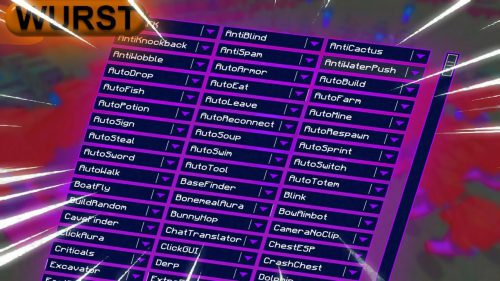NBT Tags for Wolf – Wiki Guide
 945
945
 0
0
 January 8, 2024
January 8, 2024
This Minecraft tutorial explains the NBT tags (formerly called data tags) that you can use for a wolf in Minecraft Java Edition (PC/Mac) 1.16, 1.17, 1.18, 1.19 and 1.20.
TIP: If you are not running Minecraft Java Edition (PC/Mac) 1.16/1.17/1.18/1.19/1.20, find NBT tags for wolf in another version of Minecraft:
- Java Edition (PC/Mac) 1.14/1.15
- Java Edition (PC/Mac) 1.11/1.12
- Java Edition (PC/Mac) 1.10
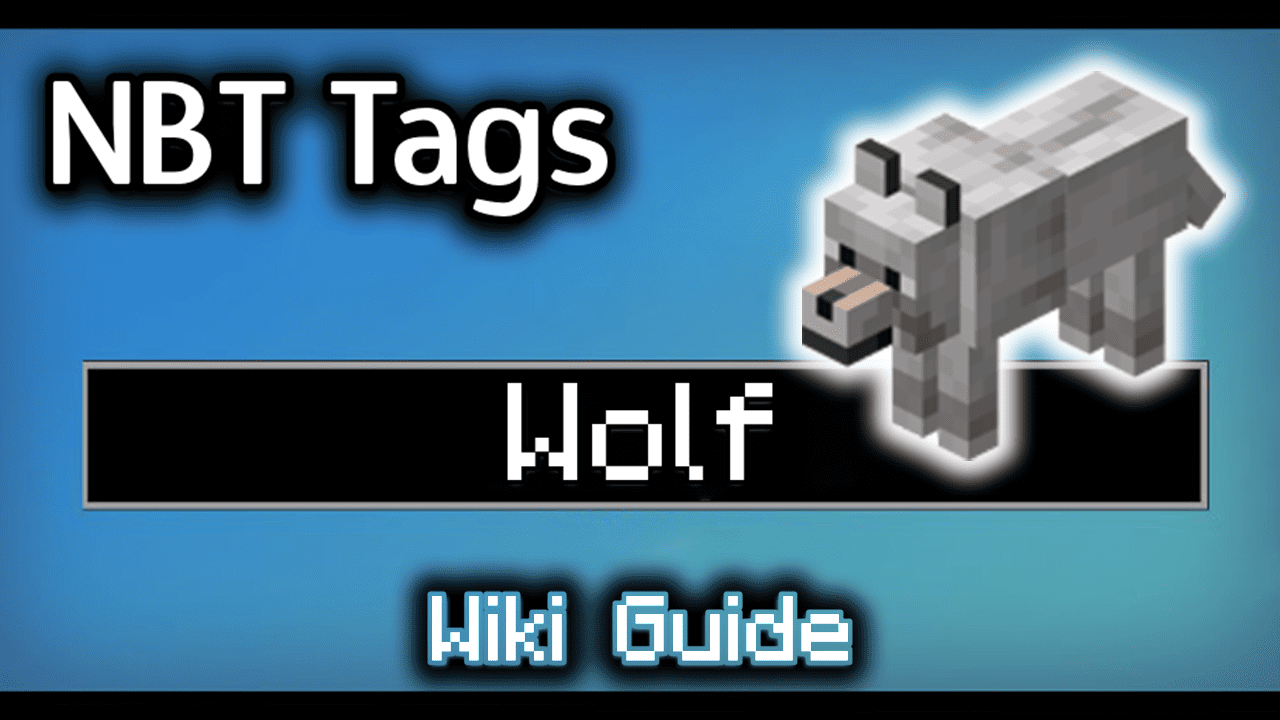
Background
In Minecraft Java Edition 1.16, 1.17, 1.18, 1.19 and 1.20, the entity value for a wolf is wolf. The wolf entity has a unique set of data tags that can be used in Minecraft commands such as: /summon and /data.
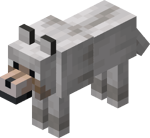
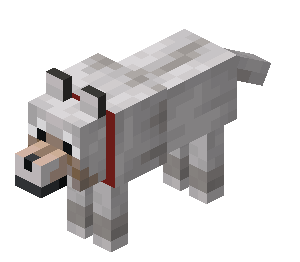
What are NBT tags (formerly called Data Tags)?
NBT tags allow you to set certain properties of an entity (such as wolf). The NBT tag is always surrounded in {} such as {CollarColor:4}. If there is more than one NBT tag used in a game command, the NBT tags are separated by a comma such as {CollarColor:4, Owner:9Minecraft}.
List of NBT Tags
Here is a list of the NBT tags that you can use for wolf in Minecraft Java Edition (PC/Mac) 1.16, 1.17, 1.18, 1.19 and 1.20:
| NBT Tag | Value (Description) | Works With |
|---|---|---|
| Owner | name (The player that owns the wolf. When you set this tag, the Owner tag will automatically be populated with the appropriate UUID value for the player.)
Example |
/summon /data |
| CollarColor |
0 (The collar is white)
Example |
/summon /data |
| Sitting |
0 (The wolf is standing) Example |
/summon /data |
| InLove |
ticks (The number of game ticks that the wolf is in love mode and will try to breed with another wolf) Example |
/summon /data |
| Age |
ticks (The age of the wolf in game ticks. Use 0 or higher for an adult. Use a negative number such as -25000 for a baby.) Example |
/summon /data |
| ForcedAge |
ticks (When a baby wolf matures, the Age data tag will be set to ForcedAged. However, there have been bugs with this data tag so it may not work properly.) Example |
/summon /data |
| Leash |
Indicates the coordinates of the fence that the wolf is leashed to. Example |
/summon /data |
| CustomName |
name (The name to assign to the wolf) Example |
/summon /data |
| Health |
number (The number of health points the wolf has) Example |
/summon /data |
| AbsorptionAmount |
number (The number of absorption health points the wolf has) Example |
/summon /data |
| Invulnerable |
0 (The wolf will take damage like normal) Example |
/summon /data |
| PersistenceRequired |
0 (The wolf will despawn naturally) Example |
/summon /data |
| NoAI |
0 (The wolf will have artificial intelligence and will move/behave like normal) Example |
/summon /data |
| Silent |
0 (The wolf will make its usual noises in the game) Example |
/summon /data |
| Fire |
ticks (The number of game ticks until the wolf is no longer on fire – there are 20 ticks in a second) Example |
/summon /data |
| PortalCooldown |
ticks (The number of game ticks until the wolf can go through a portal again – there are 20 ticks in a second) Example |
/summon /data |
| Air |
ticks (The number of game ticks the wolf has air left for) Example |
/summon /data |
| id |
wolf (The entity value used to represent a wolf in the EntityTag or Passengers tag) Example |
/summon /give |
| Passengers |
The mob that is riding on the wolf. Use the entity value for the passenger mob Example of skeleton as passenger |
/summon /data |
NBT Tag Examples
To summon a wolf that is tamed, owned by 9Minecraft and has a blue collar:
/summon wolf ~ ~ ~ {Owner:9Minecraft, CollarColor:11}
To summon a baby wolf named Buddy:
/summon wolf ~ ~ ~ {CustomName:"\"Buddy\"", Age:-25000}
Target Selectors
Before we finish discussing data tags, let’s quickly explore how to use the @e target selector. The @e target selector allows you to target entities in your commands. If you use the type=wolf value, you can target wolves:
@e[type=wolf]
Target Selector Examples
To change the nearest wolf to a baby wolf:
/data merge entity @e[type=wolf,limit=1,sort=nearest] {Age:-25000}
To kill all wolves:
/kill @e[type=wolf]
Next, learn how to use the game commands in Minecraft.
Command Examples
Here are some game command examples for a wolf in Minecraft:
How to Change the Collar Color for a Tamed Wolf
How to Summon a Wolf
How to Summon a Tame Wolf




